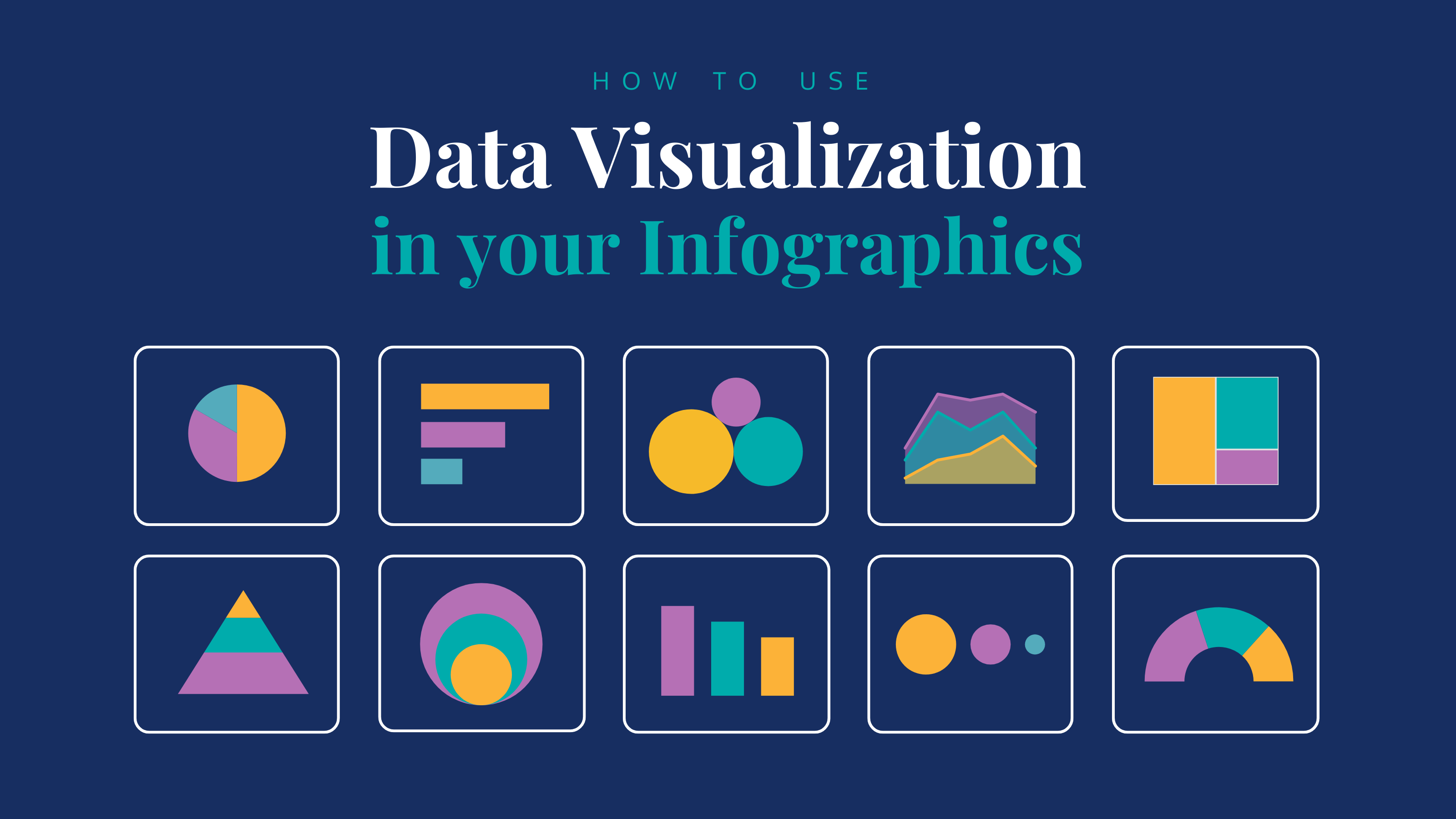Visualizing Success: How Data Analysis Transforms Business Strategies

In today's fast-paced business landscape, the ability to harness the power of data has become a crucial factor in achieving success. Companies across various industries are increasingly relying on data analysis and visualization tools to gain valuable insights, make informed decisions, and drive growth. One such cutting-edge tool that has been revolutionizing the way businesses strategize and operate is PI Vision.
PI Vision serves as a pivotal platform that enables organizations to transform raw data into visually appealing and easily understandable representations. By leveraging data visualization techniques offered by PI Vision, businesses are able to uncover patterns, trends, and correlations that might otherwise go unnoticed. This proactive approach to analyzing data not only enhances decision-making processes but also paves the way for the development of agile and effective business strategies.
Understanding PI Vision
When it comes to unlocking the true potential of data for businesses, having a tool like PI Vision at your disposal can make all the difference. PI Vision is a powerful platform that enables organizations to visually represent their data in a way that is easy to understand and interpret.
By utilizing PI Vision, businesses can gain valuable insights into their operations, performance, and trends. Data visualization through PI Vision allows decision-makers to quickly spot patterns, anomalies, and opportunities that may otherwise go unnoticed in raw data sets.
Furthermore, PI Vision empowers teams to collaborate more effectively by providing a common platform for analyzing and sharing data-driven insights. This promotes transparency, alignment, and informed decision-making across all levels of an organization.
Implementing Data Analysis
In the dynamic landscape of modern business, the implementation of data analysis strategies is crucial for companies looking to gain a competitive edge. Utilizing tools such as PI Vision allows organizations to visualize complex datasets in a more digestible format, enabling stakeholders to make informed decisions based on actionable insights.
By integrating data analysis into operational processes, businesses can streamline operations, identify patterns, and optimize performance. PI Vision plays a vital role in this implementation, providing interactive dashboards that empower users to explore data visually and uncover hidden trends that may not be evident through traditional numerical analysis alone.

Furthermore, the implementation of data analysis tools like PI Vision fosters a culture of data-driven decision-making within organizations. By visualizing key metrics and KPIs, companies can align their strategies more effectively and adapt to changing market conditions with greater agility, ensuring long-term success in today's data-driven economy.
Maximizing Business Strategies
Data analysis plays a crucial role in helping businesses make informed decisions and drive growth. By leveraging tools like PI Vision, organizations can gain valuable insights from their data and optimize their strategies for success. Visualizing data allows key stakeholders to easily spot trends, identify patterns, and make data-driven decisions that can have a significant impact on the bottom line.
One of the key benefits of using PI Vision for data analysis is the ability to monitor real-time data streams and track key performance indicators (KPIs) seamlessly. This real-time monitoring empowers businesses to react quickly to changes in the market, identify potential risks, and capitalize on emerging opportunities. By visualizing data in a comprehensive and intuitive way, business leaders can make strategic decisions based on up-to-date information, giving them a competitive edge in today's dynamic business environment.
In addition, data visualization with PI Vision enables organizations to communicate complex data insights effectively across different departments and teams. By creating interactive dashboards and reports, businesses can enhance collaboration, foster a data-driven culture, and ensure that all stakeholders are aligned towards common strategic goals. This level of transparency and accessibility to data promotes informed decision-making at every level of the organization, driving overall business performance and success.
